- 02 9712 1736
- [email protected]
- 212 Great North Road, Five Dock, NSW 2046
- Open 7 days a week
Have you ever wondered why elite athletes swear by sports massage therapy? The answer is simple. Beyond the obvious relaxation and stress relief, sports massages offer a multitude of health benefits, promoting muscle recovery, enhancing performance, and preventing injuries. But, the secret to maximizing these benefits lies in finding a qualified sports massage therapist and a treatment that suits your individual needs.
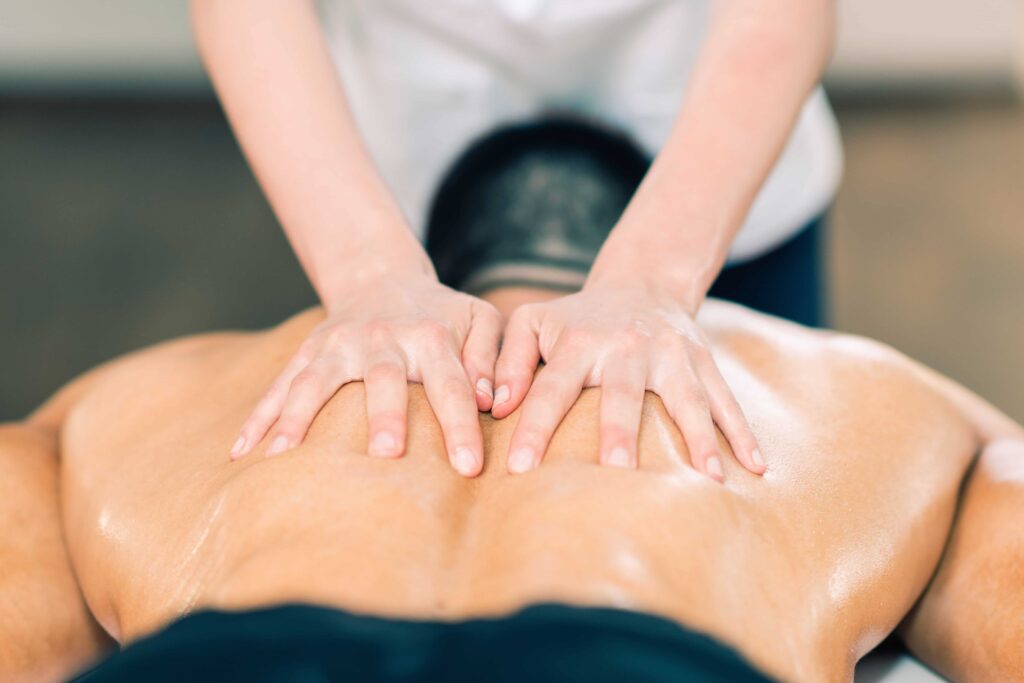
Whether you’re an experienced athlete or a fitness enthusiast, it’s essential to locate a trustworthy sports massage provider. Finding a reputable and qualified sports massage therapist is crucial for maximizing the benefits and ensuring a safe and effective experience. Sports massage is a specialized form of therapy that targets muscles and soft tissues involved in physical activity. A qualified therapist possesses the knowledge and skills to assess your specific needs, tailoring the massage to address muscle imbalances, reduce tension, and enhance flexibility. Reputable therapists are often certified and have undergone extensive training, enabling them to understand the anatomy and physiology of the body in depth. This expertise allows them to identify potential issues, such as strains or injuries, and apply techniques that promote healing and prevent further damage. Moreover, a qualified sports massage therapist will employ proper techniques to improve circulation, speed up recovery, and enhance overall athletic performance. Trusting your care to a reputable professional ensures that you receive a personalized and effective sports massage, contributing to your physical wellbeing and athletic success.
Factors to bear in mind when looking for a certified sports massage therapist in your local area include:
Remember, a sports massage is different from a Swedish massage as it focuses on specific muscle groups and aims to prevent or treat sports-related injuries. So, when evaluating the cost, consider the therapist’s specialization in sports massage and whether the treatment is geared towards prevention or rehabilitation.
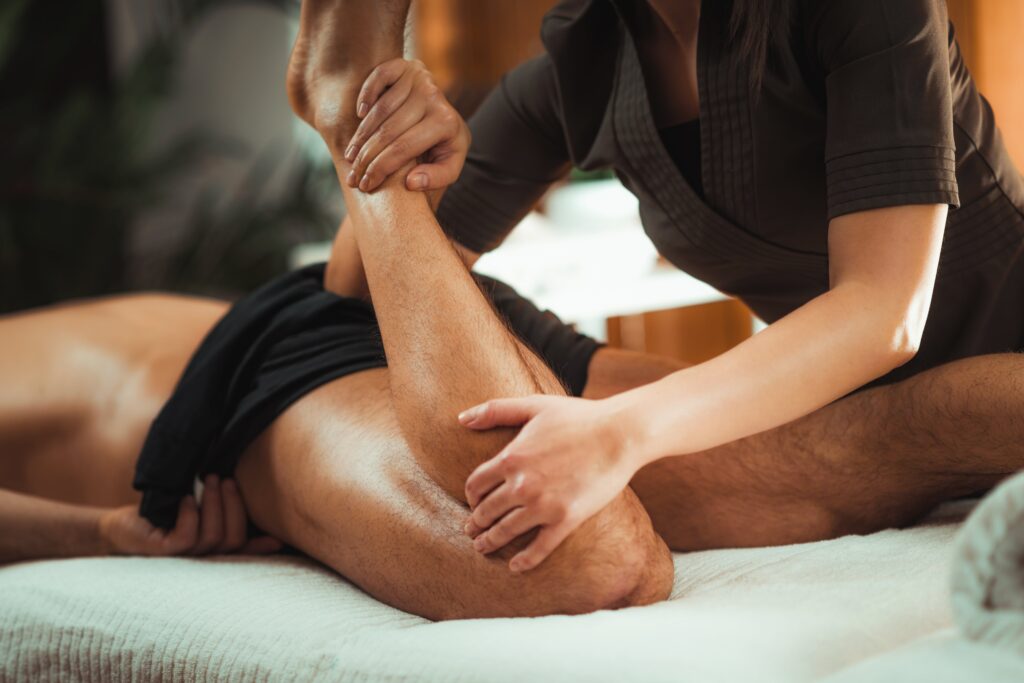

Identifying a qualified sports massage therapist is critical. The wrong choice can potentially lead to injury, or worse, exacerbation of pre-existing conditions. An unqualified therapist may lack the essential knowledge and skills to accurately evaluate and attend to your individual requirements, heightening the possibility of discomfort, pain, or tissue damage during the remedial massage session.
So, what qualifications should you look for in a sports massage therapist? Start with a Diploma of remedial massage and registration with the Australian Association of Massage Therapists (AAMT). The AAMT establishes standards and guidelines for sports massage therapists via a code of practice, ensuring they comply with high-quality standards and best practices in their profession.
Location is an important factor when selecting a sports massage therapist. It should be conveniently accessible, provide a suitable environment, and be close to medical facilities if needed. Client testimonials are also instrumental in assessing the therapist’s reputation and reliability.
When it comes to the cost of a sports massage, consider not only the flat rate of the session but also the therapist’s specialization in sports massage. Whether the treatment is geared towards prevention or rehabilitation can significantly impact the overall cost and the effectiveness of the massage in addressing muscular tension and other issues.
With the knowledge of how to find an ideal sports massage therapist, we now shift our focus to understanding the various types of sports massages and their benefits. The primary categories of sports massages include pre-event, post-event, restorative, and rehabilitative. The objective of these massages is centered on myofascial release, aimed at preventing and alleviating injury resulting from intense and repetitive physical activity.
Sports massages come with numerous benefits including:
They play a significant role in preparing the body for activity and fostering relaxation and recovery post-activity.
Pre-event sports massage is designed to prepare the body for physical activity, enhancing flexibility and minimizing the likelihood of injury. By increasing flexibility and promoting muscle relaxation, a pre-event sports massage can potentially enhance your athletic performance, optimizing explosive and high-speed motor capacities. This means that whether you’re sprinting, swimming, or cycling, a pre-event sports massage could give you that extra edge over your competitors.
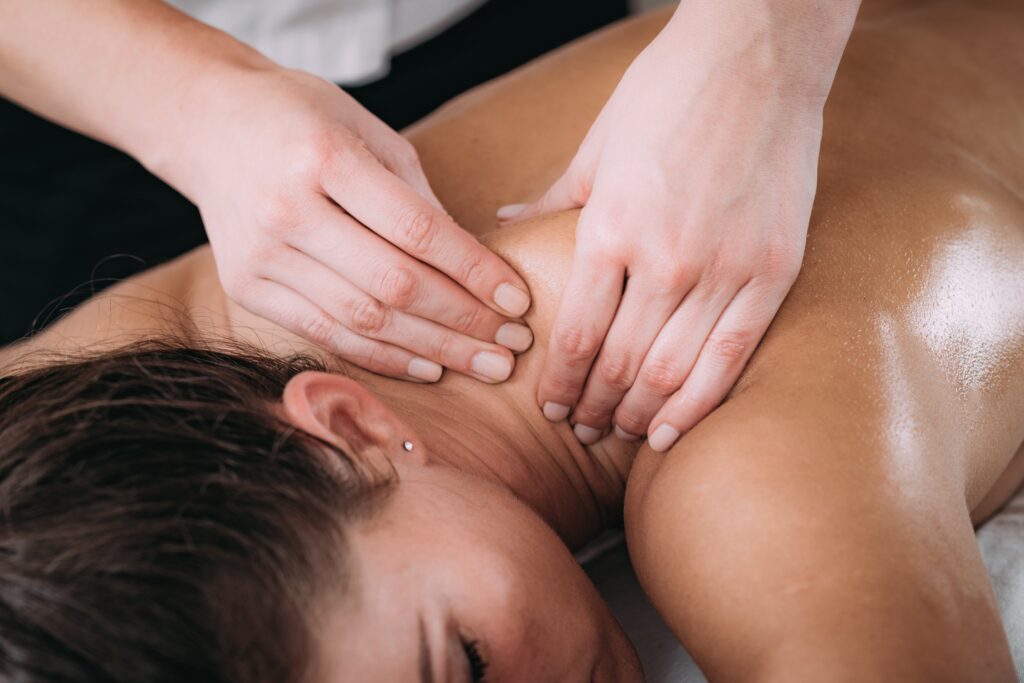
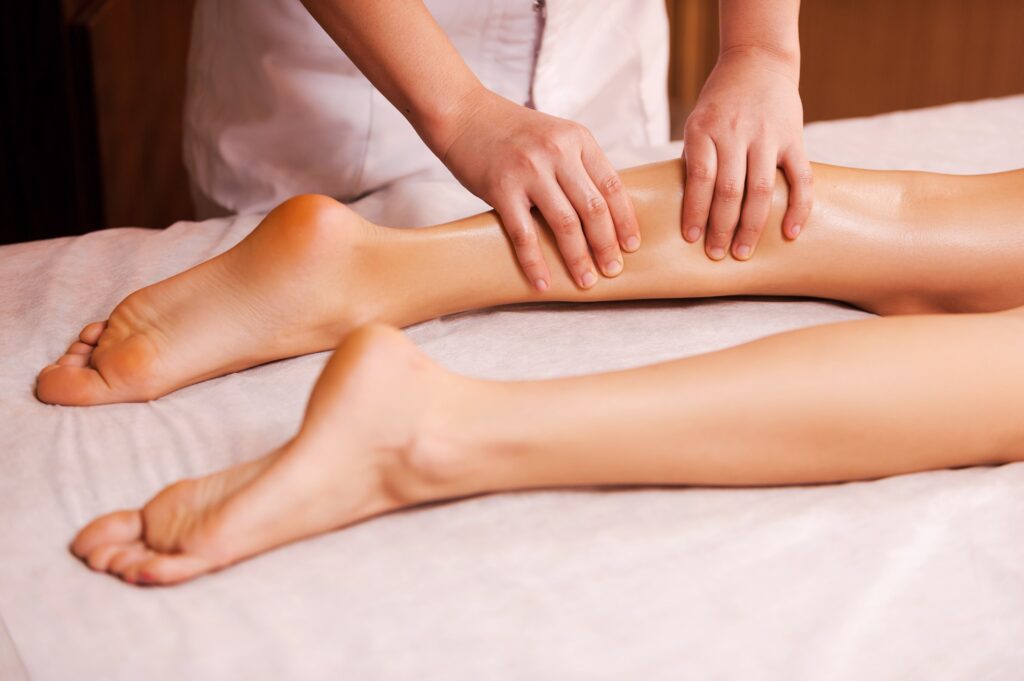
Post-event sports massage, as the name suggests, is designed to assist in the recovery process by minimizing muscle soreness and promoting relaxation following athletic activity. One of the key benefits of a post-event sports massage is its effectiveness in addressing delayed onset muscle soreness (DOMS). DOMS is the pain experienced after physical activity due to bodily stress, muscle repair, and tissue inflammation. A post-event sports massage can significantly mitigate the discomfort associated with DOMS, helping you get back to your regular training routine sooner.
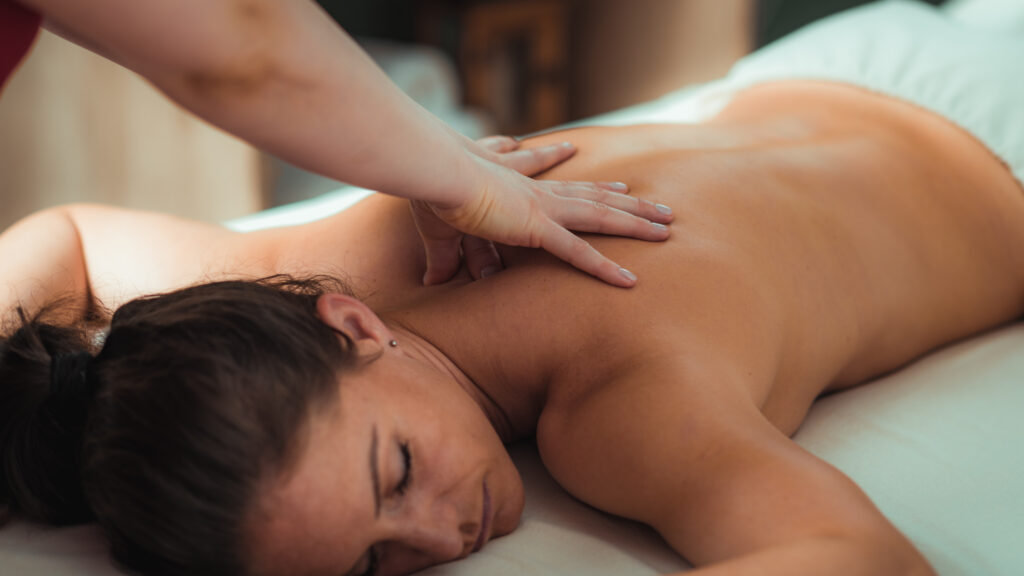
A restorative sports massage aims to prevent injury and is typically incorporated into regular training routines. It focuses on releasing tension in targeted muscle groups, helping you maintain optimal muscle health during your training period.
In addition to injury prevention, restorative sports massage provides advantages such as enhanced flexibility, reduced muscle tension, and improved circulation. By optimizing performance factors, decreasing injury potential, and improving recovery times, restorative sports massage enables athletes to train more effectively and perform better.
Rehabilitative sports massage is designed to aid in the prevention and healing of injuries by stretching connective tissue, improving circulation, and managing pain. Remedial massage therapy supports the healing process by enhancing blood circulation and lymphatic drainage, facilitating the delivery of oxygen and nutrients to muscles, accelerating recovery, and reducing post-workout soreness.
Rehabilitative sports massage is effective in addressing injuries such as ankle sprains, fractures, Achilles tendinopathy, strains, patellofemoral pain, ITB syndrome, and repetitive strain injuries. It aids in restoring function by boosting blood flow, stimulating endorphin release, enhancing circulation, breaking down scar tissue, improving range of motion and muscle flexibility, and reducing muscle tension.
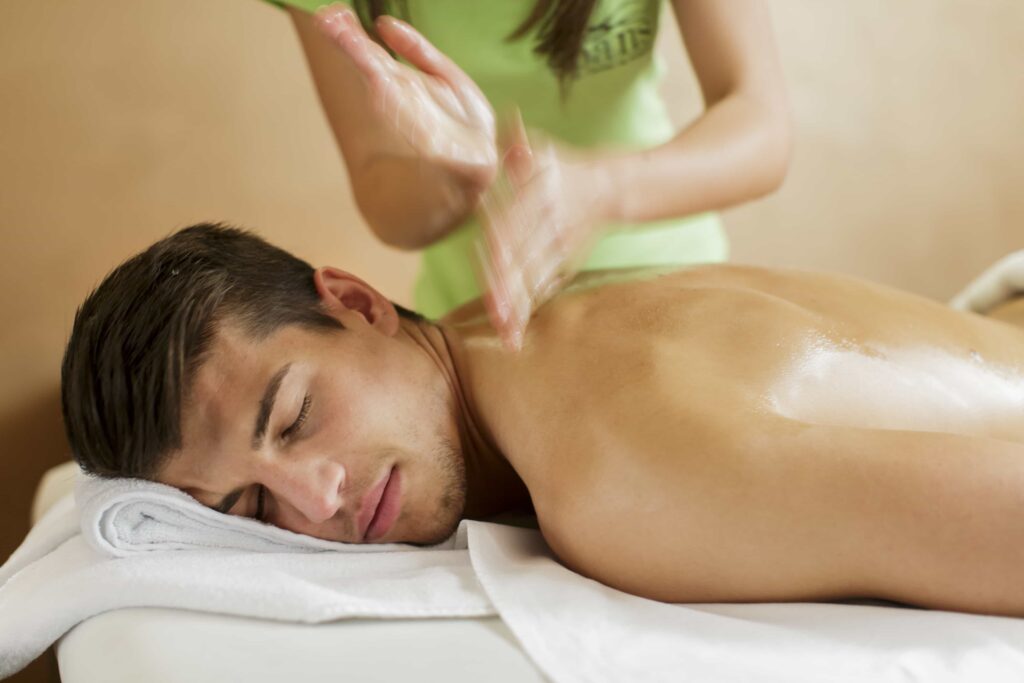
While sports massages can be highly beneficial on their own, their effectiveness can be enhanced when combined with complementary techniques and treatments. These include techniques such as dry needling and myofascial release, which target muscle tightness and trigger points that may not be fully addressed by massage alone.
Dry needling in sports massage therapy is a technique that utilizes fine acupuncture-style needles to specifically target trigger points, deeper musculature, and fascial structures. This approach is used to complement sports massages by promoting tissue healing and relieving tension in soft tissues.
Dry needling alleviates muscle pain by reducing muscle tightness, increasing blood flow, and decreasing pain. Additionally, it enhances overall circulation, notably increasing both skin and muscle blood flow. For athletes, dry needling can offer enhanced maximal endurance and muscle force, relief for severe muscle strain, increased strength and power, and support for nerve recovery.
Myofascial release is a massage technique specifically designed to target the fascia. It functions by employing gentle, consistent massage and stretching methods to alleviate tightness and discomfort in the myofascial tissues.
Myofascial release is utilized within sports massage to:
This method serves as an essential adjunct to conventional sports massages, including sport massage techniques. Regular myofascial release can greatly enhance the effectiveness of your sports massages.
Trigger point therapy involves applying pressure to a targeted muscle area for a duration of time to alleviate pain and dysfunction. Unlike other massage therapies that prioritize relaxation or general muscle tension release, trigger point therapy concentrates on addressing muscle knots and tension to alleviate pain.
Techniques utilized in trigger point therapy encompass soft tissue work, deep tissue massage, and dry needling. Specifically addressing trigger points lead to prompt relief of symptoms. Trigger point therapy can significantly enhance the effectiveness of your sports massage.
Another effective technique is stretch therapy, which merges stretching and myofascial release to enhance body movement. Tailored stretch sessions offer a multitude of benefits including:
The most sought-after tailored stretch services include individualized Stretch Therapy sessions that are tailored to address personal mobility restrictions and goals.
Maximizing the benefits of your sports massage requires clear communication of your needs, preferences, any discomfort, or concerns during the massage session. Equally important is maintaining adequate hydration, before and after the massage. This enhances blood flow to the muscles, augments the benefits of the massage, promotes better healing, and helps prevent unwanted soreness, nausea, and fatigue.
Incorporating stretching and warm-up exercises into a sports massage regimen is also beneficial. Engaging in a warm-up routine before a sports massage serves to boost blood circulation to the muscles, improve their flexibility, and prime them for the therapeutic maneuvers employed during the massage, ultimately enhancing the effectiveness of the treatment.
In order to effectively communicate your pain tolerance to your massage therapist, it is recommended to use a pain scale ranging from 1 to 10, where 1 signifies no pain and 10 represents the worst imaginable pain. By indicating the specific number that aligns with your pain threshold, the therapist can customize their technique accordingly.
Before your session, disclose any injuries or areas of tension, and articulate your desired outcomes from the massage. Offering feedback during the session will allow the therapist to adjust the pressure and techniques to best suit your needs.
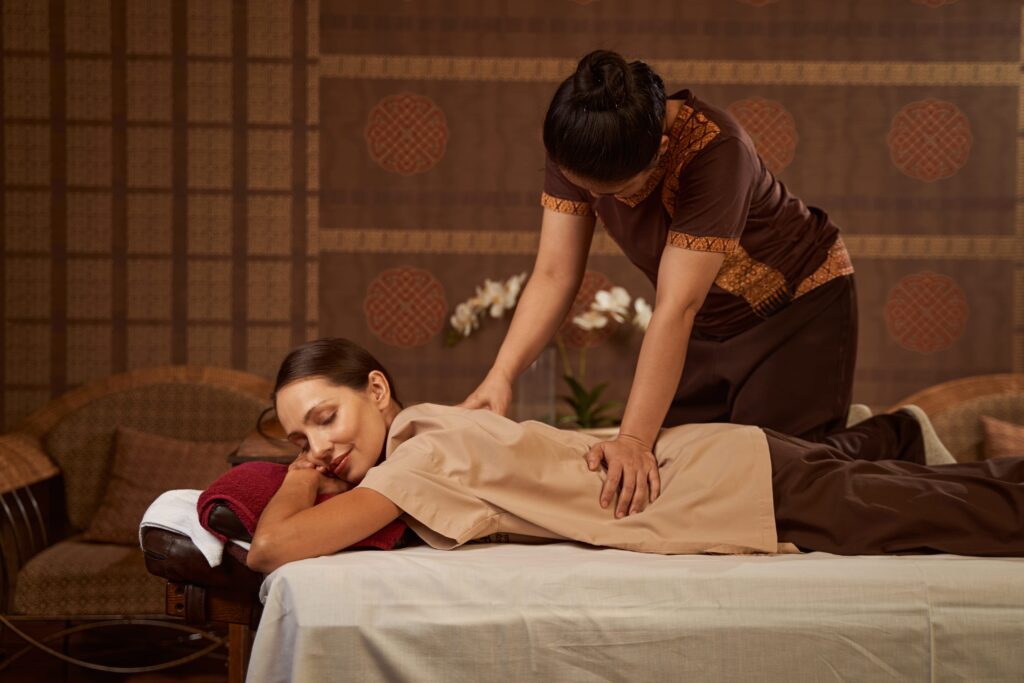
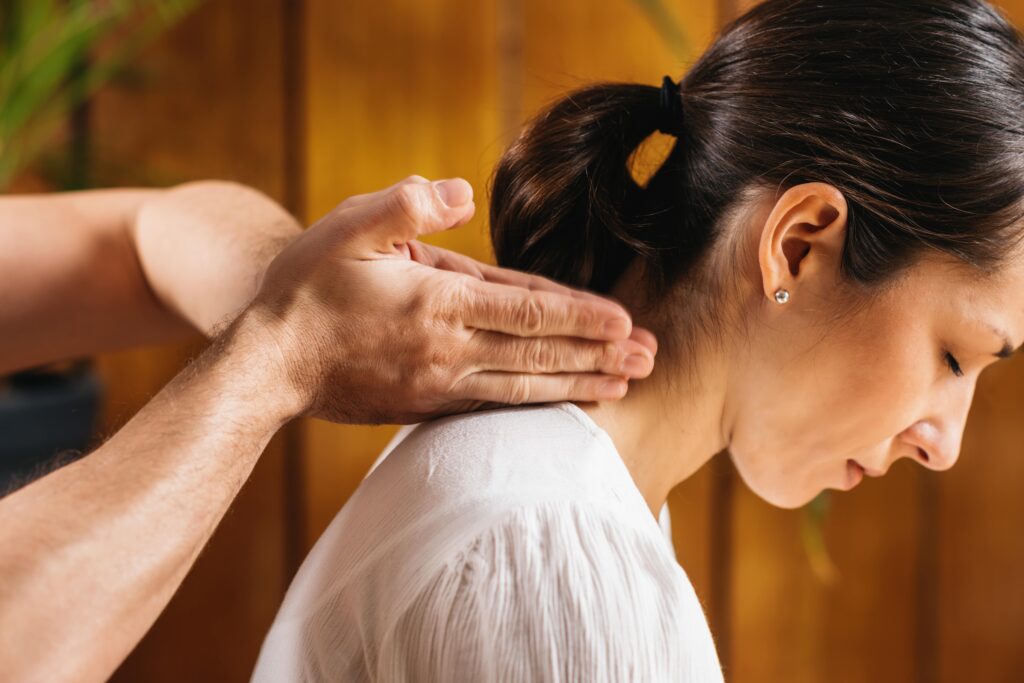
Adequate hydration plays a significant role in optimizing the benefits of sports massages. It:
These factors promote muscle recovery and maximize the impact of massage techniques.
Dehydration can have a significant impact on the muscles and recovery following a sports massage. It can reduce muscle hydration, potentially affecting their function and recovery. Therefore, it is essential to prioritize muscle rehydration after a massage to facilitate their recovery.
It is recommended to begin your warm-up routine 15 to 45 minutes prior to your sports massage appointment to ensure proper preparation of your muscles for the session.
If unsure, your sports massage therapist can guide you through some assisted stretches at the start of your massage session.
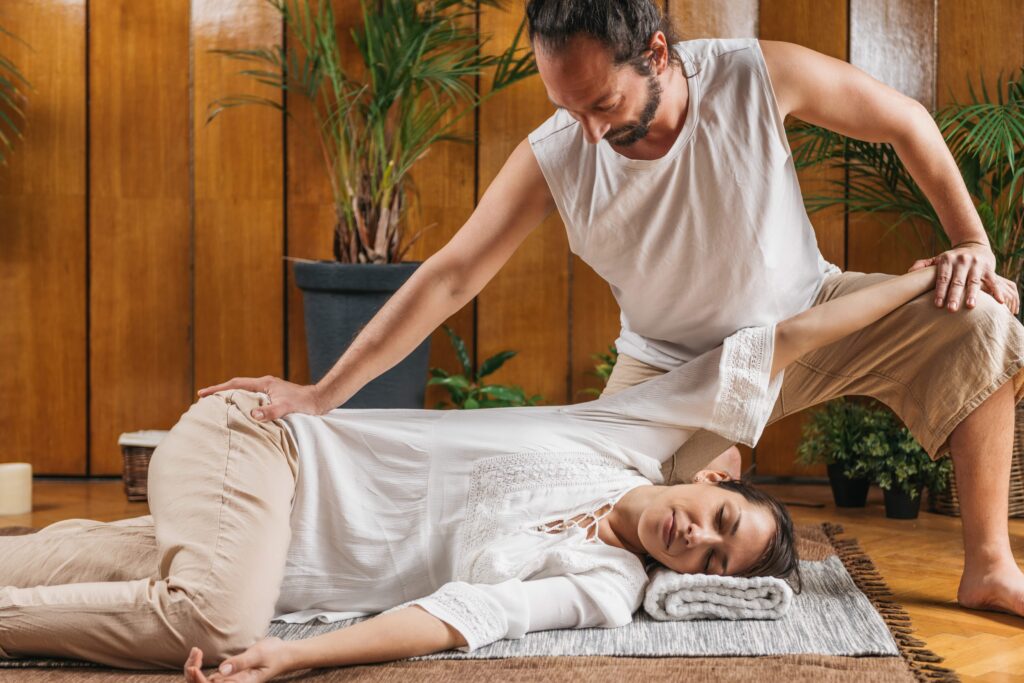
Professional taping techniques can boost your recovery from injury, when used in conjunction with sports massage. Therapeutic taping techniques involve strategically applying kinesiology tape to:
These techniques are complemented by physical exercises to expedite healing, alleviate pain and stiffness, and improve flexibility.
Therapeutic taping, exemplified by the Kinesio Taping Method, provides support to the body’s injured regions, alleviates pain, and improves blood and lymph circulation, all of which are crucial in aiding the recovery and rehabilitation process. Professional taping techniques can be effective in treating a range of conditions, such as:
Once you’ve settled on a therapist after your research, your next step should be to set an appointment for your sports massage. There are a variety of appointment options available, including 30, 60, and 90-minute slots, offering flexibility to accommodate your schedule and the specific treatment required.
If you have private health funds, you can use it to cover the costs of your sports massage appointment. However, remember to be considerate while booking your appointments.
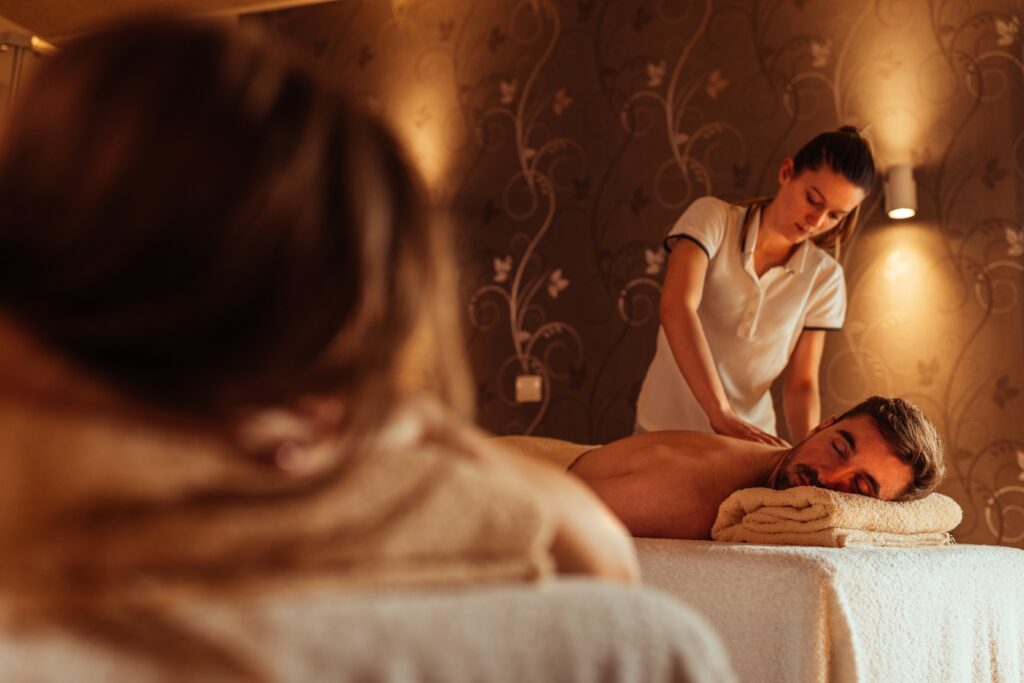
In conclusion, sports massages can be a game-changer for athletes and fitness enthusiasts, offering a host of health and performance benefits. But, the key to unlocking these benefits lies in finding a qualified massage therapist and a treatment that suits your individual needs. By considering factors such as cost, location, therapist qualifications, and customer reviews, you can find the best sports massage providers in your area. Complementary techniques like dry needling and myofascial release can further enhance the effectiveness of your sports massage. So, why not take the plunge and book a sports massage appointment today?
The main difference between a massage and a sports massage is that deep tissue massage is usually a full body massage, while sports massage targets specific areas of the body in need of healing or relief.
Sports massage can be classified into four types: pre-event, post-event, maintenance, and rehabilitation, each tailored to address different needs and achieve specific results for athletes.
For sports people, a deep tissue massage is best for treating intense sports injuries, targeting deeper layers of tissue and muscle. However, Swedish massage is also beneficial for everyone, regardless of athletic activity, providing a gentler option for muscle relaxation.
A sports massage therapist should possess a Diploma of remedial massage and be registered with the Australian Association of Massage Therapists (AAMT) to ensure professional qualifications.
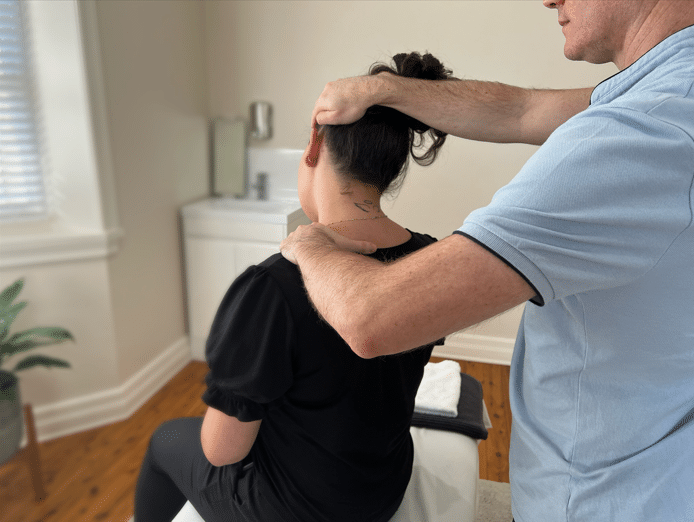
Forest Lodge, Annandale, Glebe, Leichhardt, Balmain, Haberfield, Canada Bay, Rozelle, Rodd Point, Wareemba, Stanmore, Petersham, Lilyfield, Hunters Hill, Enfield, Cabarita, Mortlake, Rhodes, Burwood Heights, Birchgrove, Gladesville, Huntleys Point, Abbotsford, Ashfield, Croydon Park, Croydon, Chiswick, Russell Lea, Burwood, Strathfield, Concord, Drummoyne, North Strathfield, Liberty Grove, Dulwich Hill, Lewisham, Camperdown, Ashbury, Homebush, Homebush West, Woolwich, Henley, Summer Hill, Sydney Olympic Park

About
Five Dock Osteopathic & Chiropractic is located in Canada Bay, in Sydney’s Inner West. Servicing suburbs including Burwood, Croydon, Drummoyne, Five Dock, Haberfield, Concord, Abbotsford, Chiswick, Leichhardt, Wareemba, Russell Lea, Summer Hill, Strathfield.
Clinic hours
Monday, Tuesday, Thursday 7AM – 7PM
Wednesday, Friday 7AM – 6PM
Saturday 7AM – 2PM
Sunday 8AM – 2PM
Contact details